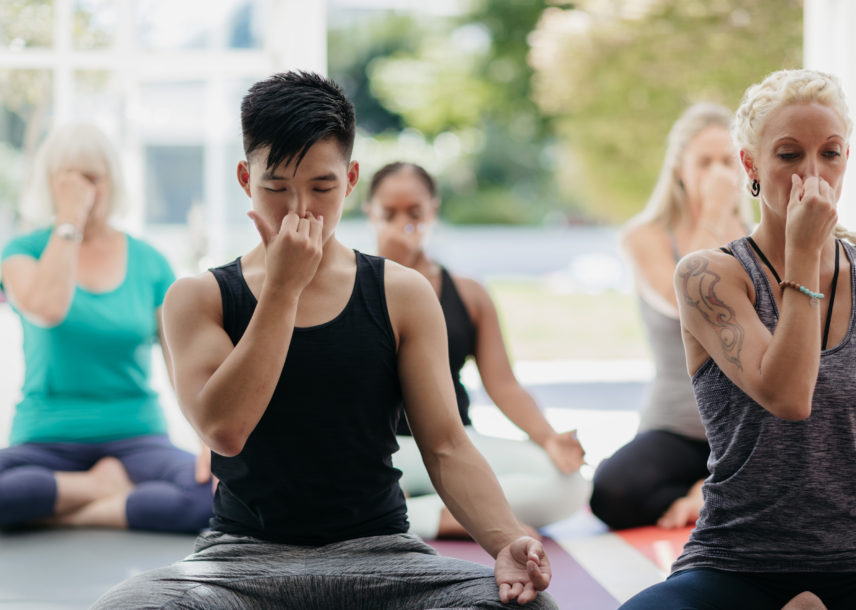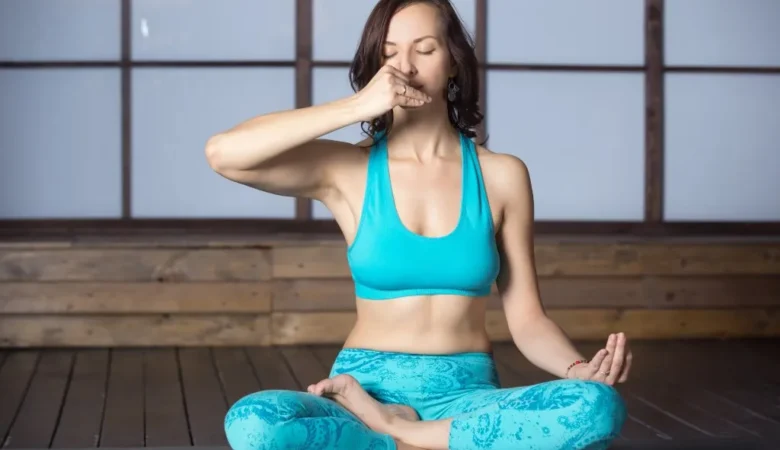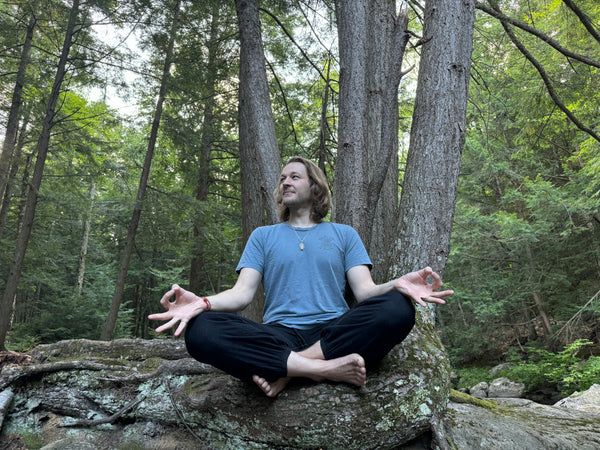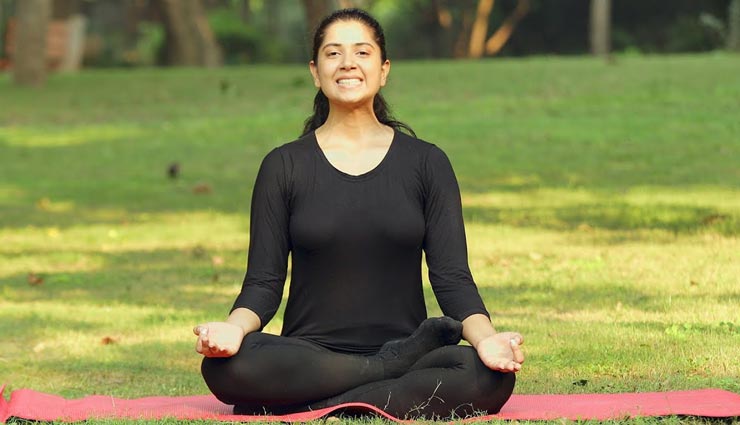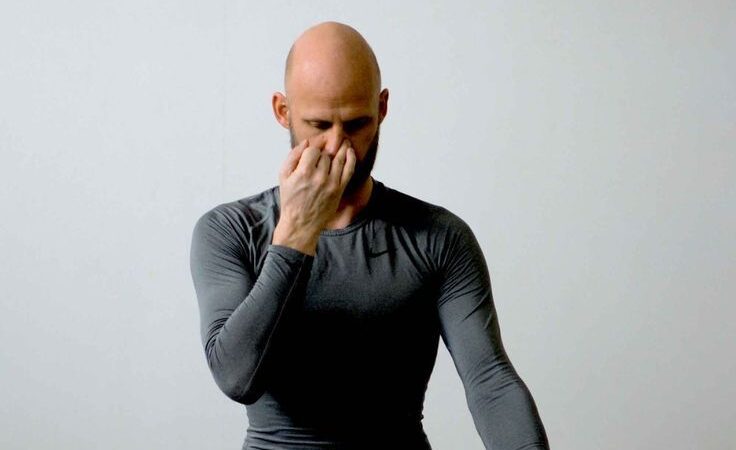Yoga, as outlined in the ancient scriptures, is not just a physical or breath-based practice it is a systematic evolution of consciousness. Central to this process is Pranayama, the art and science of regulating the breath, which serves as a bridge between the physical body and the higher mind. Traditionally, the path is divided into four stages, each representing a deepening level of awareness, discipline, and inner transformation. So, See below the four stages of yoga and pranayama.
Table of Contents
Stage 1: Arambha Avastha (The Beginning Stage)
Characteristics:
- Emphasis on physical discipline (Yama, Niyama, Asana)
- Introduction to basic pranayama techniques
- Development of body awareness and breath control
Practices:
- Foundational asanas like Sukhasana, Tadasana, and Vajrasana
- Basic pranayama: Anulom Vilom, Nadi Shodhana, and deep diaphragmatic breathing
- Learning to synchronize breath with movement
Aim:
To prepare the body and nervous system for deeper inner practices by purifying the nadis (energy channels) and stabilizing the breath.
Stage 2: Ghata Avastha (The Pot Stage)
Characteristics:
- “Ghat” means pot, referring to the integration of body (sharira), breath (prana), and mind (manas)
- The practitioner begins to experience internal stillness and awareness
Practices:
- Intermediate pranayama: Kapalabhati, Bhastrika, Ujjayi
- Introduction to Bandhas (locks): Jalandhara, Uddiyana, Moola Bandha
- Longer breath retentions (kumbhaka) with focus on inner space
Aim:
To unify the body and mind as a vessel for pranic refinement. At this stage, control over the breath becomes more subtle, and the pranic energy begins to flow consciously.
Stage 3: Parichaya Avastha (The Acquaintance Stage)
Characteristics:
- The practitioner becomes acquainted with the subtle energies
- Experiences of pratyahara (withdrawal of senses) begin to emerge
- Development of internal awareness and intuition
Practices:
- Advanced pranayama: Sitali, Sitkari, Surya Bhedana, and Chandra Bhedana
- Prolonged internal (antar) and external (bahya) kumbhaka
- Deeper integration of bandhas and mudras (e.g., Tadagi Mudra, Maha Mudra)
- Meditative practices with mantra and visualization
Aim:
To gain refined control over prana and explore inner dimensions. This is the gateway to higher yogic states like dharana (concentration) and dhyana (meditation).
Stage 4: Nishpatti Avastha (The Final Stage)
Characteristics:
- Also called the state of perfection or culmination
- Complete absorption of consciousness (samadhi)
- The practitioner becomes one with pure awareness or the Self
Practices:
- Spontaneous and effortless pranayama (automatic or kevala kumbhaka)
- Transcendence of duality; no distinction between breath, self, and cosmos
- Meditation becomes a natural, continuous state
Aim:
Liberation (moksha) or realization of the highest truth. In this stage, breath becomes subtle or ceases altogether, and the practitioner rests in inner stillness and divine unity.
Conclusion:
The Four Stages of Yoga and Pranayama outline a progressive spiritual path from discipline of the body to liberation of the soul. Each stage prepares the practitioner for the next, ensuring that the nervous system, mind, and energy body evolve in harmony.
Pranayama is not merely a breathing technique; it is a sacred technology of transformation, leading from the surface of life to its very essence.
FAQ:
Q. What are the Four Stages of Yoga and Pranayama?
A. The stages are:
- Arambha Avastha – The Beginning Stage
- Ghata Avastha – The Integration Stage
- Parichaya Avastha – The Familiarity Stage
- Nishpatti Avastha – The Culmination or Liberation Stage
Q. Do I have to master each stage before moving to the next?
A. Yes. Yoga is a progressive science. Each stage builds the foundation for the next. Skipping stages can lead to imbalance, especially in energy practices like pranayama.
Q. How long should I stay in each stage?
A. There is no fixed timeline. Progress depends on personal dedication, physical and mental readiness, and guidance from a qualified teacher. Some may take years to move through each stage, while others progress more quickly.
Q. Is pranayama safe for beginners?
A. Basic pranayama is safe under proper guidance. Beginners should start with simple techniques like deep breathing, Nadi Shodhana, or Anulom Vilom. Advanced practices like kumbhaka and bandhas should only be attempted after consistent preparation.
Q. What is the purpose of these stages?
A. The stages help gradually refine the body, mind, and pranic system. They guide practitioners from physical awareness to deep meditative absorption (samadhi) and ultimately self-realization (moksha).
Q. Can pranayama be practiced without asanas or meditation?
A. While possible, it is not recommended. Asanas prepare the body, pranayama refines the breath and energy, and meditation directs the mind inward. All three work best as an integrated system.
Q. What is ‘Kevala Kumbhaka’ in the final stage?
A. Kevala Kumbhaka is the spontaneous suspension of breath that occurs in deep meditation or samadhi. It happens naturally, without effort, as the prana becomes fully balanced and the mind is still.
Q. How do I know I’ve moved from one stage to the next?
A. Signs include:
- Increased stillness of mind
- Longer breath retention without strain
- Spontaneous states of deep awareness
- Decreased reliance on external techniques
Progress is often subtle and best assessed by an experienced teacher.

